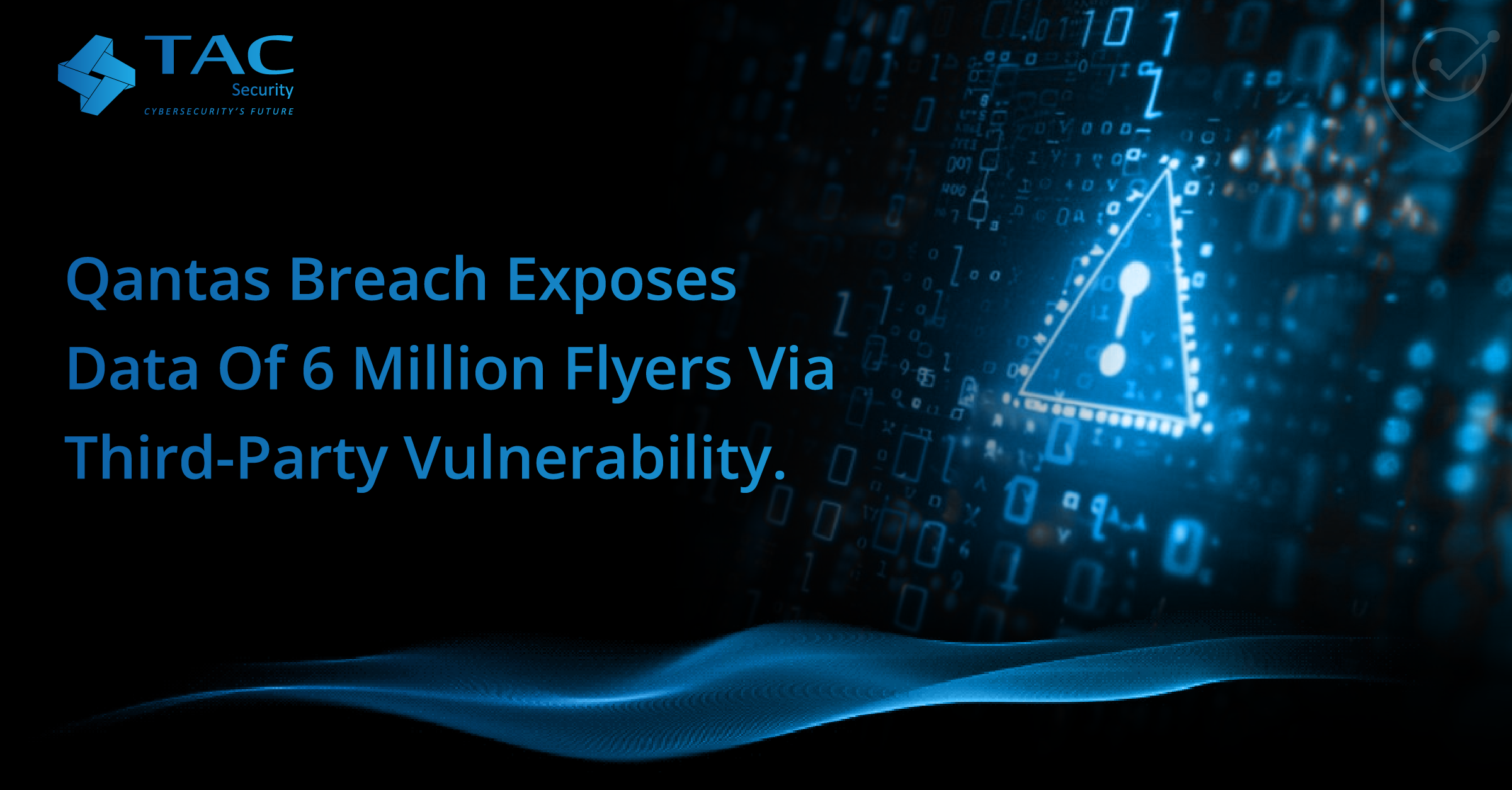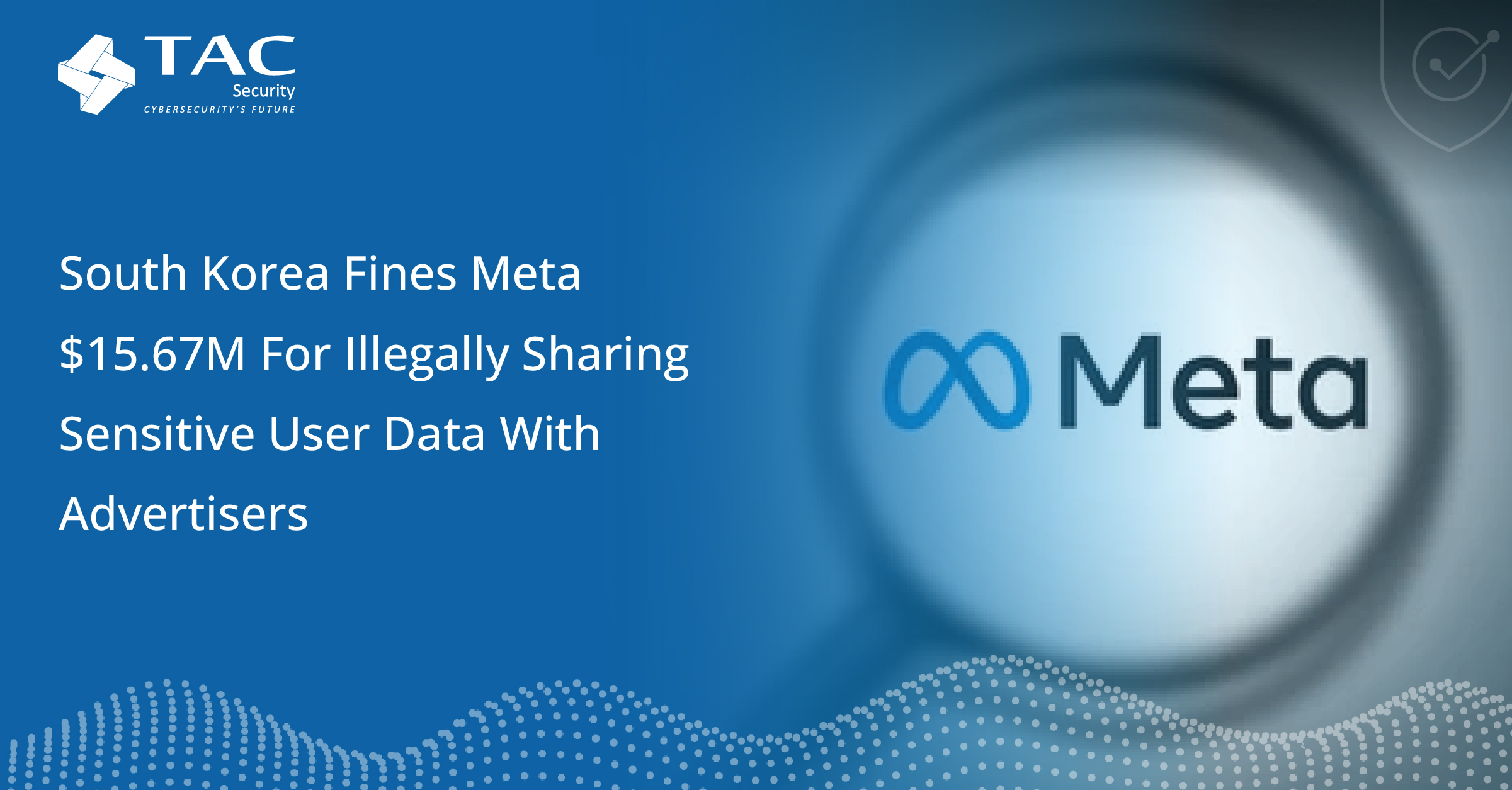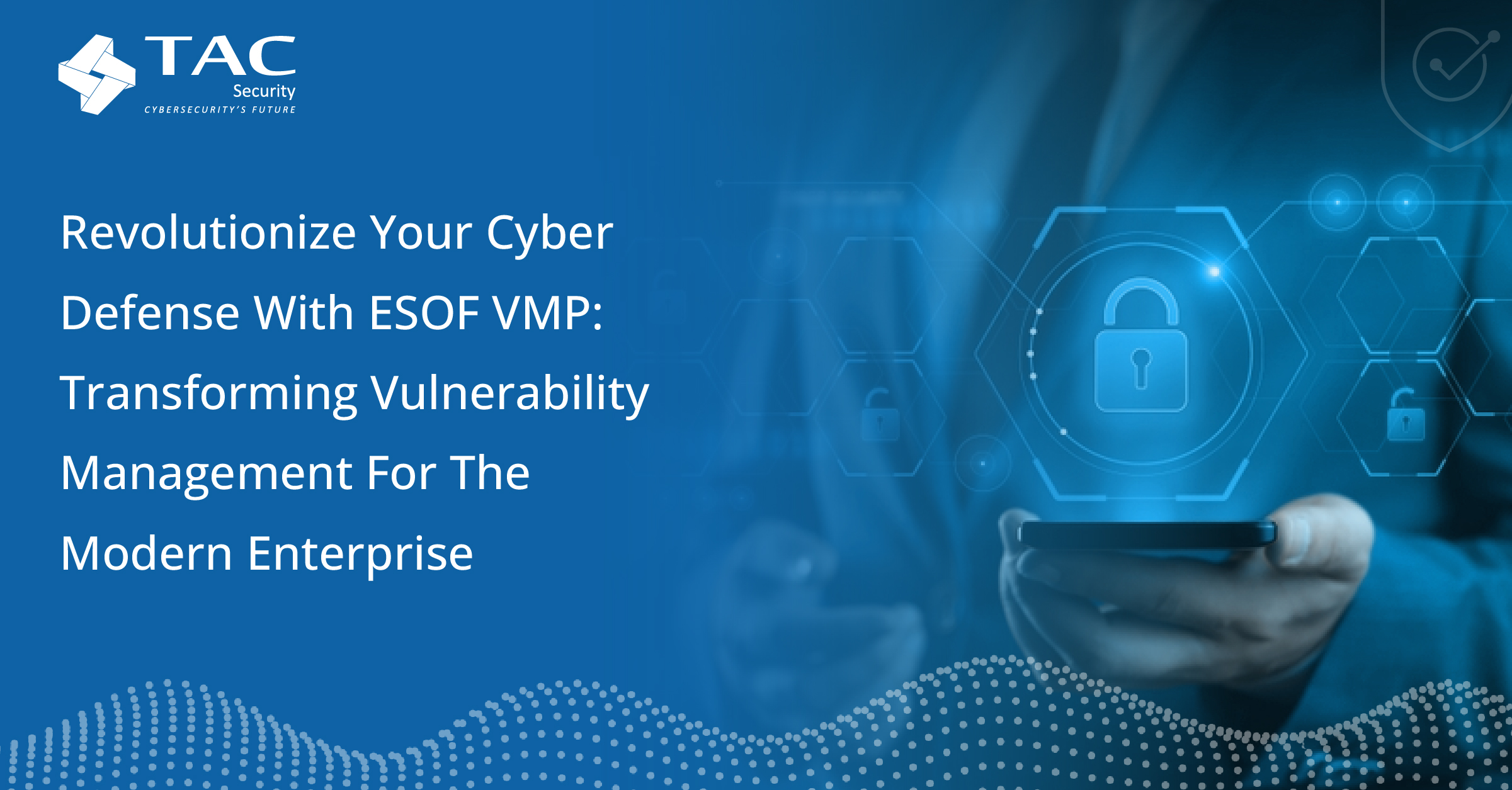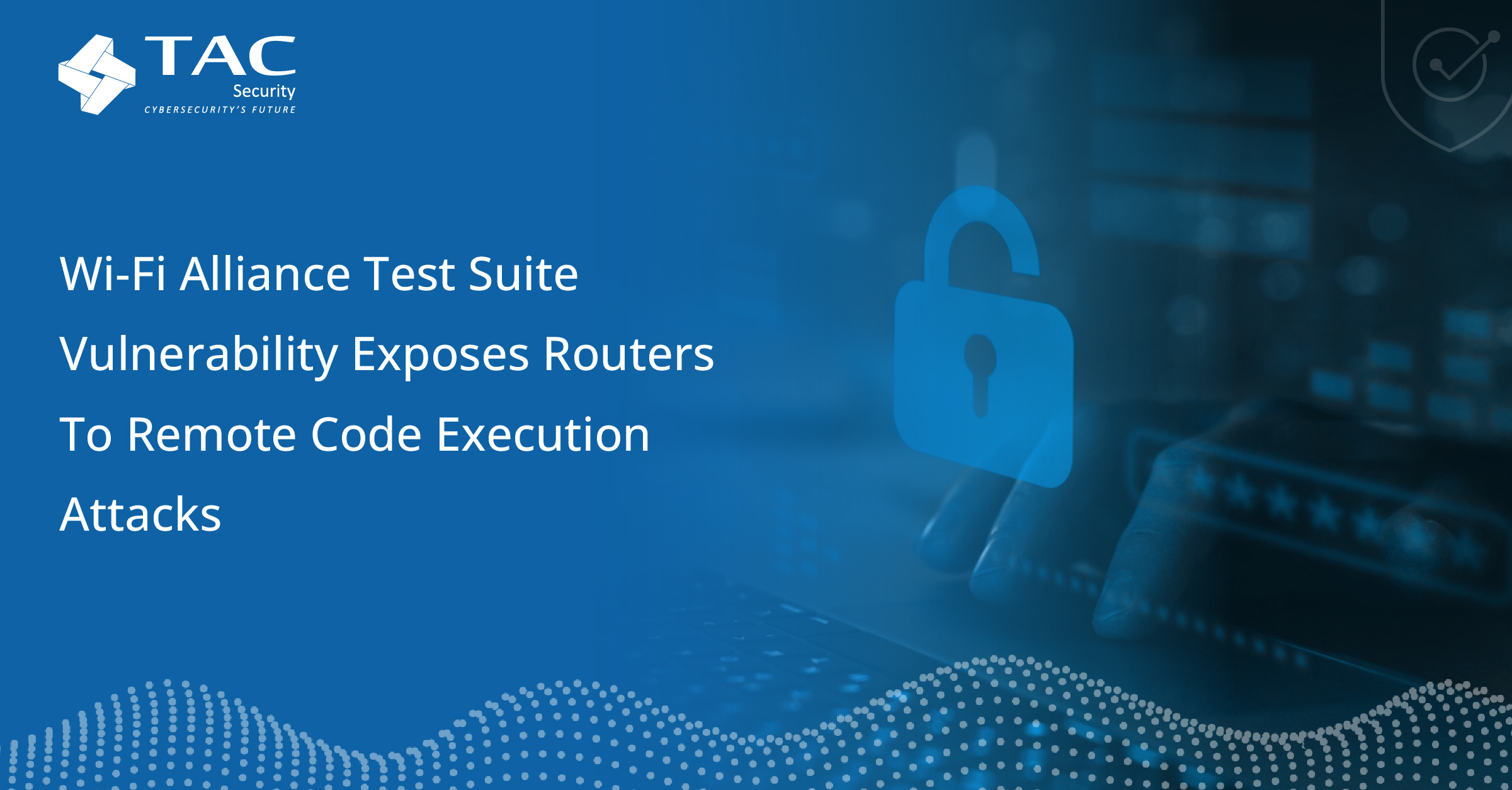Navigating the Rising Tide of Cyber Threats in India’s Critical Sectors: How TAC Security’s ESOF Can Help
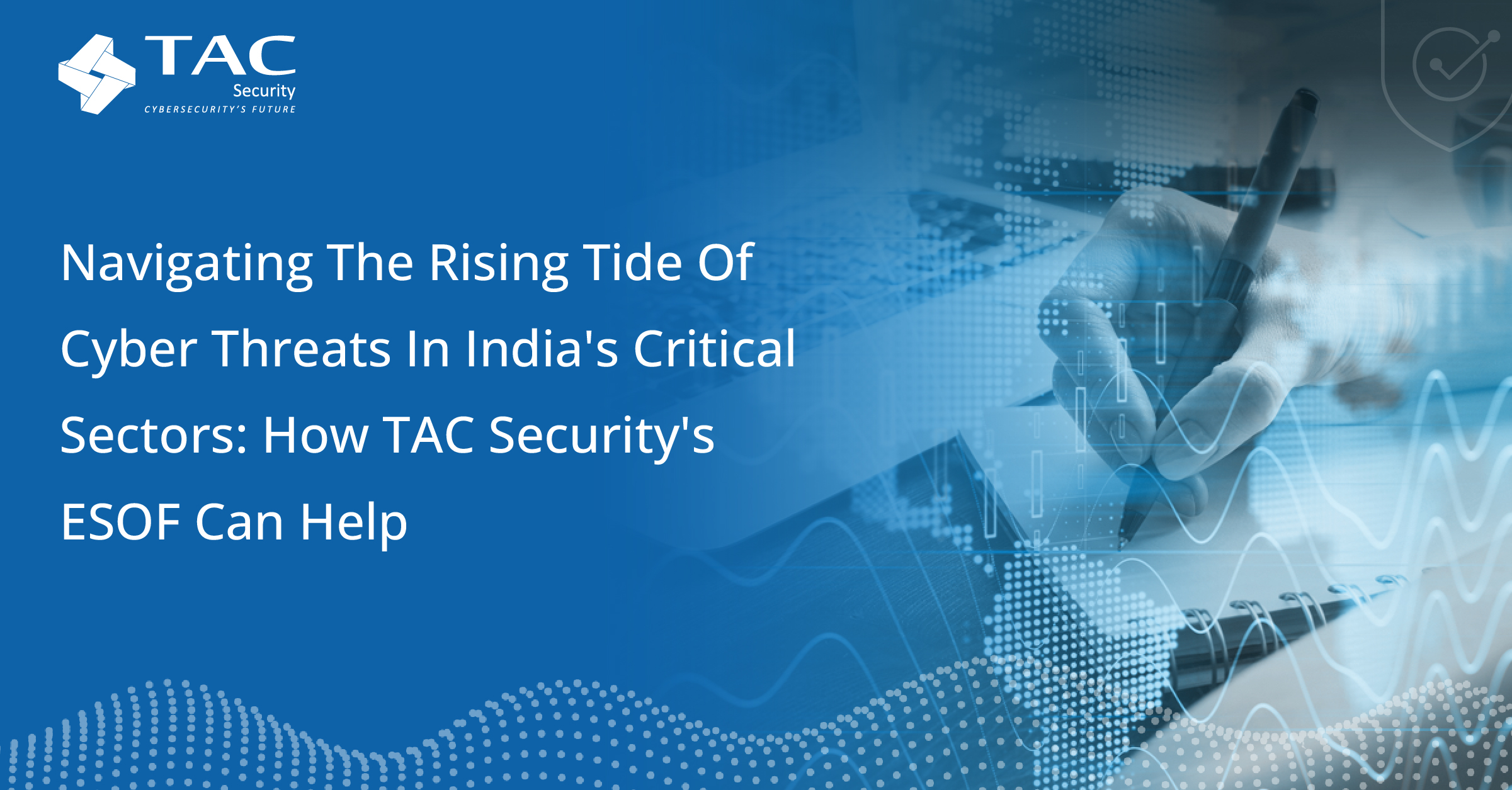
India’s rapid digital transformation across critical sectors such as finance, government, manufacturing, and healthcare has brought both remarkable advancements and increased vulnerability to cyber threats. As these sectors digitize and embrace new technologies, they are simultaneously becoming prime targets for sophisticated cyberattacks.
Rising Cyber Threats in India’s Critical Sectors
The past year has underscored the severity of cyber threats faced by India. A notable incident in April saw a hacking group leak 7.5 million records from Boat, a leading manufacturer of wireless audio and wearable devices. This breach highlights the growing risks associated with the digitization of sensitive consumer data.
The Reserve Bank of India (RBI) has also raised alarms about the potential risks that digitization poses to the nation’s financial infrastructure. According to a recent report, cyber incidents handled by the national Computer Emergency Response Team (CERT) surged from 53,000 in 2017 to approximately 16 million in 2023. The RBI’s report stresses that cybersecurity remains a critical challenge for banks and non-bank financial companies (NBFCs) as they transition to digital technologies. The report notes, “Digitalization could pose financial stability concerns owing to cybersecurity threats, data breaches, and the speed at which information and rumors can flow through the system.”
The threat extends beyond the financial sector. Government systems and public sector organizations have also witnessed a dramatic rise in cyberattacks. For example, a Trojan known as HackBrowserData recently targeted government agencies and energy companies. Additionally, persistent cyber operations by entities from neighboring countries, such as Pakistan and China, have further exacerbated the situation. Operations like Cosmic Leopard have been reported as significant threats to Indian organizations.
The scale of the issue is further highlighted by recent statistics from Cloudflare, which place India at No. 4 in the Asia-Pacific region for cybersecurity incidents. According to the report, 83% of organizations in India reported at least one cybersecurity incident in the past year, trailing behind Vietnam, New Zealand, and Hong Kong.
The Need for Continuous Cybersecurity Solutions
Given the increasing frequency and sophistication of cyberattacks, periodic security assessments are no longer sufficient. Organizations need a continuous, proactive approach to identify and address vulnerabilities before they can be exploited. This is where Continuous Attack Surface Penetration Testing (CASPT) comes into play.
How TAC Security’s ESOF Can Help
TAC Security, a CERT-In empaneled organization, offers a comprehensive solution to address these evolving threats through its Enterprise Security Operations Framework (ESOF). Here’s how ESOF can bolster your organization’s cybersecurity posture:
1. Continuous Threat Detection and Mitigation:
- Ongoing Assessment: ESOF integrates Continuous Attack Surface Penetration Testing (CASPT) to provide real-time, automated evaluations of your digital assets. This ensures that vulnerabilities are identified and addressed continuously, keeping pace with the dynamic nature of cyber threats.
- Real-Time Alerts: ESOF provides immediate notifications of any detected vulnerabilities or security breaches, allowing for swift action to mitigate risks.
2. Holistic Security Integration:
- Comprehensive Coverage: ESOF encompasses various aspects of cybersecurity, including web applications, APIs, cloud environments, networks, and mobile applications. This holistic approach ensures that all potential attack vectors are continually monitored and tested.
- Integration with ASM and Red Teaming: ESOF works seamlessly with Attack Surface Management (ASM) and Red Teaming exercises, enhancing the effectiveness of your overall security strategy. ASM prioritizes vulnerabilities based on real-time data, while Red Teaming provides simulated attacks to test defenses.
3. Enhanced Resilience and Compliance:
- Proactive Security Posture: By adopting a continuous testing approach, organizations can shift from a reactive to a proactive security posture. This approach helps in identifying and addressing vulnerabilities before they are exploited by attackers.
- Regulatory Compliance: ESOF assists in meeting regulatory requirements by providing ongoing evidence of security practices and vulnerability management, aligning with standards set by CERT-In and other regulatory bodies.
4. Expertise and Support:
- CERT-In Empaneled: As a CERT-In empaneled organization, TAC Security brings specialized knowledge and experience in handling complex cybersecurity challenges. Our team provides expert guidance and support to ensure robust protection against emerging threats.
Conclusion
The rise in cyber threats across India’s critical sectors underscores the need for advanced and continuous cybersecurity solutions. Traditional periodic assessments are no longer adequate in the face of evolving threats. TAC Security’s ESOF, with its continuous attack surface penetration testing, provides a robust framework for protecting your organization from the increasing tide of cyberattacks. By integrating CASPT with other security measures and leveraging our CERT-In empaneled expertise, you can enhance your resilience, maintain regulatory compliance, and stay ahead of potential threats.

